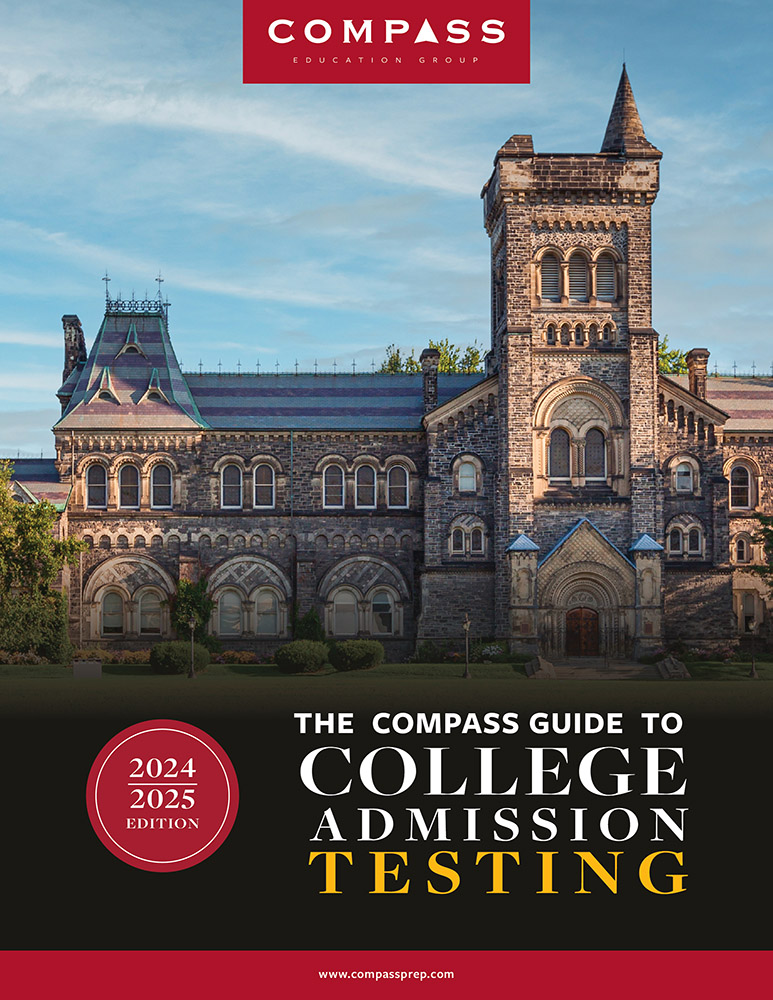
While (another) Ivy League test-requirement decision directly pertains to a relatively small pool of ultra-high achievers, understanding the rationale of these policy shifts helps all college-bound students appreciate the complicated trade-offs of test-optional practices. As we have been predicting for months and explained in our analysis of Dartmouth’s decision, more schools are likely to join MIT and Georgetown in pointing to internal research that shows test scores are insufficient yet necessary.
QUICK FACTS
Let’s start with what the high school class of 2025 and beyond should know . . .
- All Yale applicants must submit any or all of the following:
a) an SAT score,
b) an ACT score, or
c) results from all AP or IB exams completed prior to applying. - Self-reported scores will be evaluated to help determine an admission decision; official scores will be required prior to enrollment.
- Applicants may report “super-scored” results from the SAT or ACT.
- Yale provided score ranges from its last “complete” cohort (students who enrolled in the fall of 2020) rather than inflated data from the past few opt-in cycles. Middle 80% (the 10th to 90th percentiles) are described as a snapshot with emphasis that even the 10th percentile should not be thought of as a floor for admission. Those ranges were:
- 31-36 ACT
- 680-790 SAT Verbal
- 690-800 SAT Math
- AP and IB score ranges will be published in summer 2025.
- Yale’s applicant pool has increased 66% since 2020, from ~ 35,000 students to > 57,000. But according to Jeremiah Quinlan (dean of undergraduate admissions and financial aid), “we have not seen that it grew to include many more applicants with strong academic preparation.”
YALE’S EXPLANATION
Yale acknowledges that its temporary test-optional allowance was “necessitated by the pandemic” but now feels testing availability is adequately restored for prospective applicants.
Many colleges and universities that decided to suspend testing requirements only temporarily said they would use the period to collect and evaluate testing behavior and results to help determine a longer-term plan. Yale’s Office of Institutional Research conducted an analysis of test-optional consequences over the past few cycles and concluded the following:
- Test scores are the single greatest predictor of future academic performance at Yale.
- Students with higher scores have been more likely to earn higher Yale GPAs.
- There is a statistically significant difference in GPA between those who applied with and without test scores.
- Applicants without test scores were less likely to be admitted, and this was especially true for students from lower-income backgrounds and those attending less-resourced high schools.
- Some applicants undermined their admission chances by withholding scores.
- Yale readers placed greater emphasis on other components of the application when test scores were missing, and this has had the effect of “advantaging the advantaged” who were more likely to present glowing letters of recommendation, longer lists of extracurricular activities, and achievement in advanced courses not available at lesser-resourced schools.
- Requiring scores of all applicants will benefit rather than disadvantage students from under-resourced backgrounds.
Armed with those findings, Quinlan explained that Yale felt it was in the best interest of their entire applicant pool and his admissions officers to remove discretion from the testing component. One way to do that would have been to eliminate the use of SAT and ACT scores altogether, as some schools (most notably the CA public systems) have done.
Yale went the other direction because, according to Quinlan, test scores help readers “establish the academic foundation” that predicts a student is well prepared to succeed at Yale. And yet, the dean also emphasizes that test scores are “imperfect and incomplete” and account for a relatively small amount of the useful information found in a complete application.
WHAT TO WATCH
It takes only a few prominent announcements like this to leave current high school juniors (class of 2025) and sophomores (class of 2026) wondering which other colleges might soon follow suit. And it should be noted that several well-known schools, including Emory, Vanderbilt, and the University of Michigan have very recently announced that they will remain test-optional.
We provide a starting point resource below that tracks current policies of 400+ well-known institutions and includes when colleges must provide their respective updated guidelines. We will keep the table current as more decisions are released this spring.
Many selective colleges are “on the clock” to not only make an announcement this spring but also consider how to message and justify either a reinstatement of a testing requirement or an extension of their test-optional position.
One way to envision the landscape of testing policies 1-2 years out is to note how much longer a college’s temporary suspension of requiring scores is in effect and whether that college has been warily rolling its policy forward only one year at a time. Have they settled into a long-term or permanent test-optional home, so to speak, or do they seem more comfortable in a short-term rental?
Current 11th graders are paying particularly close attention to the policies that have now effectively reached their end-date, and 10th graders will want to additionally watch the ones that are scheduled to expire next year before college applications are due.
As you learn of new decisions from competitive schools, try to keep in mind that the actual test-optional landscape is stratified, with layers of nuance across a range of institutional philosophies and admissions practices. While it’s expedient to use a superficial system that groups colleges into three categories (required, optional, blind) and into two timeframes (permanent, temporary), the reality is far more dynamic.
In other words, some colleges remain notionally test-optional but seem to signal a preference. The University of Missouri’s recent update, for example, reflected the inherent tension underlying its decision to remain test-optional for at least one more year. UM’s president Mun Choi was quoted as saying, “The market indicates that . . . going the test mandatory route right now would put us at a disadvantage . . . there would be a decline in the number of students that apply . . . [but our] enrollment managers are encouraging students to take the test . . .”
For a more complete analysis of the latest college admission testing policy trends, as well as practical guidance for high school families navigating the path ahead, we encourage you to read our related post from two weeks ago.

